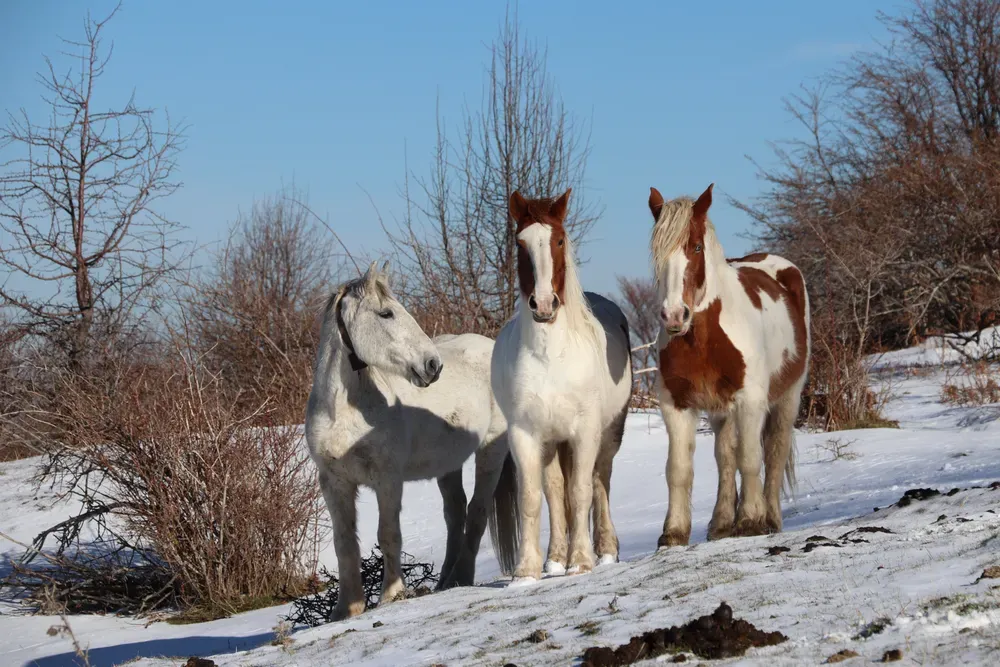
Table of Contents
Introduction
In the UK lovable cobs are very popular. Cobs range from lightweight cobs to very heavy Irish cobs and some are very pony-like, for example, the Welsh Cob, while others have more of a horse look. Cobs are usually very sensible with a give-it-a-go attitude to most things asked of them. Cob owners range from happy and contented hackers to riders who are active at riding club level on their lightweight cobs. Indeed it is fair to claim that there is a suitable cob for all grassroots riders.
Are cobs prone to weight problems?
Cobs are thick-set, well-muscled horses with a heavy bone structure. The biggest problem is they are good converters of food into excess fat and are good eaters, also some are very lazy and do not move much when on grass. Being “good doers” make cobs prone to developing metabolic and arthritic problems.
Can I notice at a glance if my cob is fat?
It is unfortunate but most cobs are too fat with many owners assuming this is normal and of no concern. In fact, it is so common to see fat cobs that many people do not know the correct shape for a cob. It is very easy to assume their round shape is due to heavy muscling, but cobs should be slim and appear so.
The showing world has a lot to answer for
The showing world exasperates this issue as judges like to see a cob in “show condition” and this means very overweight. It is to be hoped that this tradition will change and that common sense prevails.
Where will I notice my cob is too fat?
Like humans, all horses put on fat in different areas, so unless your cob is fat all over he will carry more fat on some parts of his body. So noticing whether your cob is too fat means understanding where fat is deposited and what it will look like. To do this, look at your cob's body as three separate parts. These parts are:
- The neck
- Body from withers to the loins
- The quarters
For each of these sections, you will be looking for fat deposits and then make an informed decision about your cob's condition. Next, we will look at this in greater depth.
Where do horses store fat on the neck?
On the neck, fat is stored as a crest on top of the neck and on the sides of the neck. Crests can be hard fat but this must not be confused with muscle.

Article Suggestion
How to Calculate your Horse’s WeightFat on top of a horse's neck is not a good thing
Fat necks with a crest are a real welfare issue and are closely associated with laminitis and EMS.
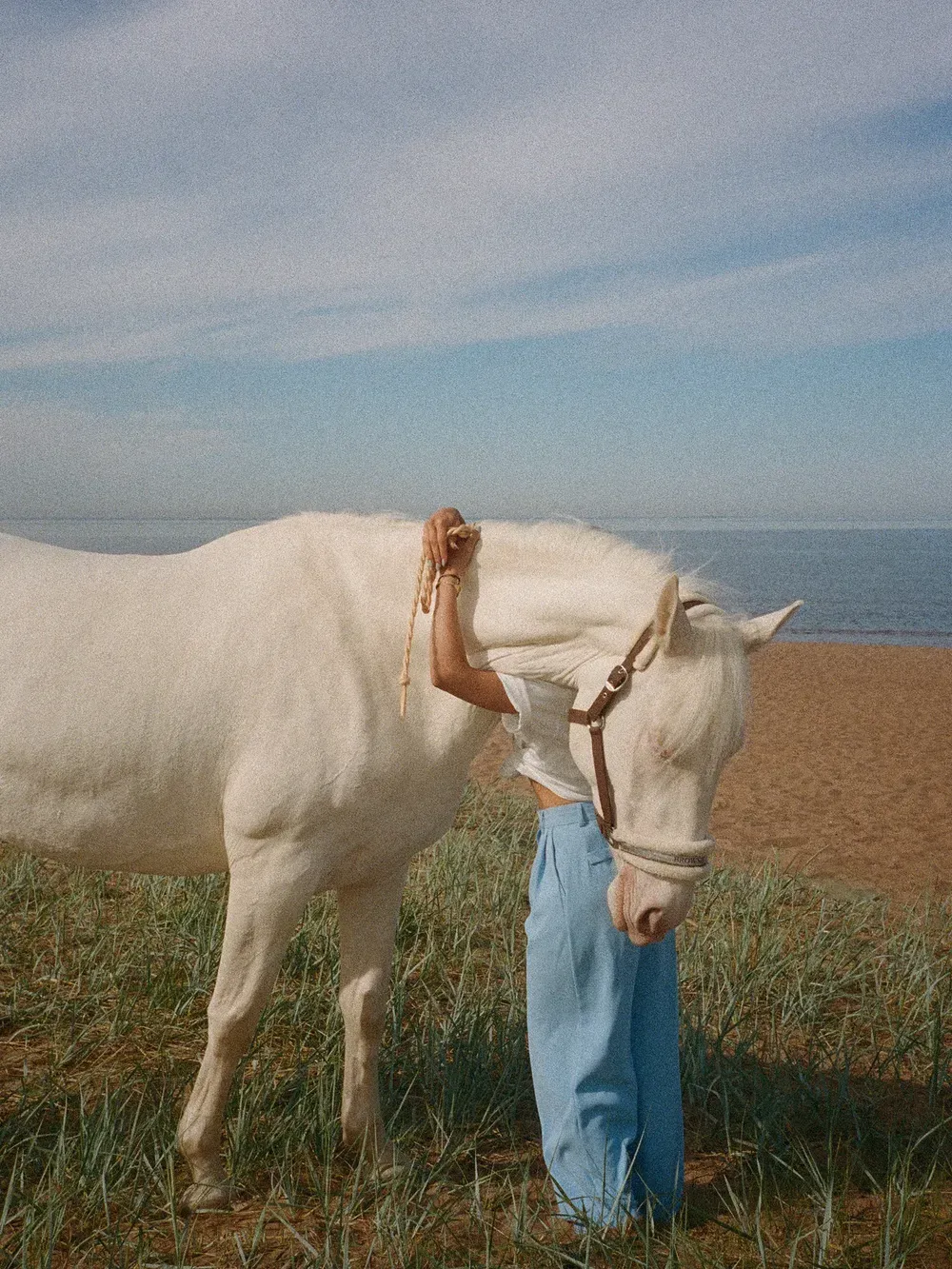
How to identify a slim neck
First look at this slim cob's neck, which joins the shoulder with good definition and the shoulders are well-defined. The cob does not have a fatty crest.

How to identify an overweight neck
Now, look at this cob. The neck merges with the shoulder with little angulation and no definition. The top of the neck has a huge crest.
Train your eye to notice a neck that is too fat and keep your cob with a nice slim neck.
Where do cobs store fat on the body?
On the body look for fat deposits behind the withers along the rib cage, over the back and around the loins.
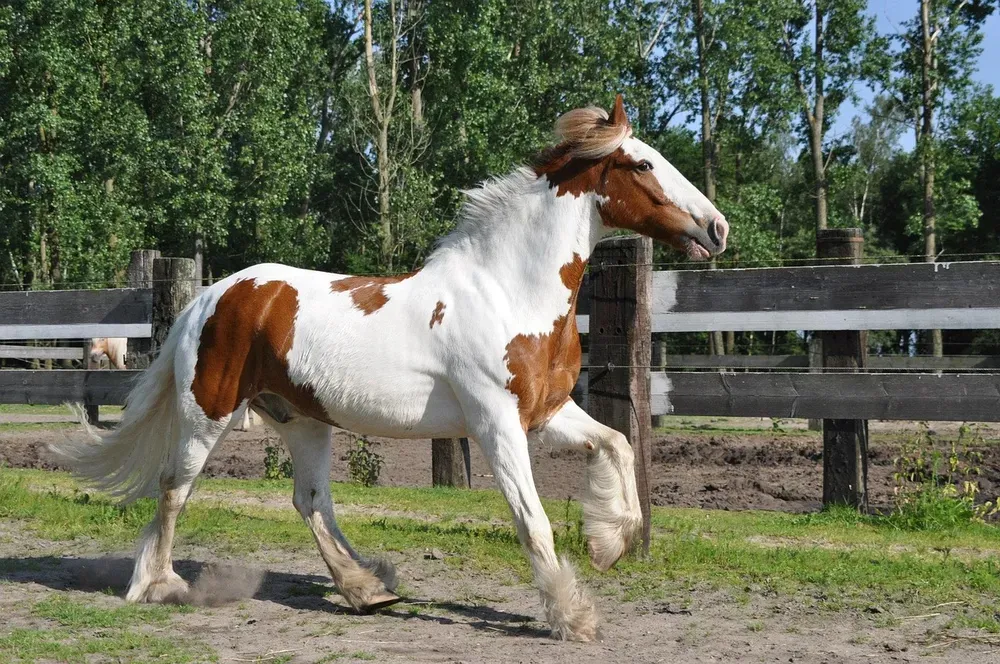
How to identify a slim body
Now, look at this slim cob's body. His ribs are likely to be easily felt but are not quite visible. He looks powerful and strong without being fat.
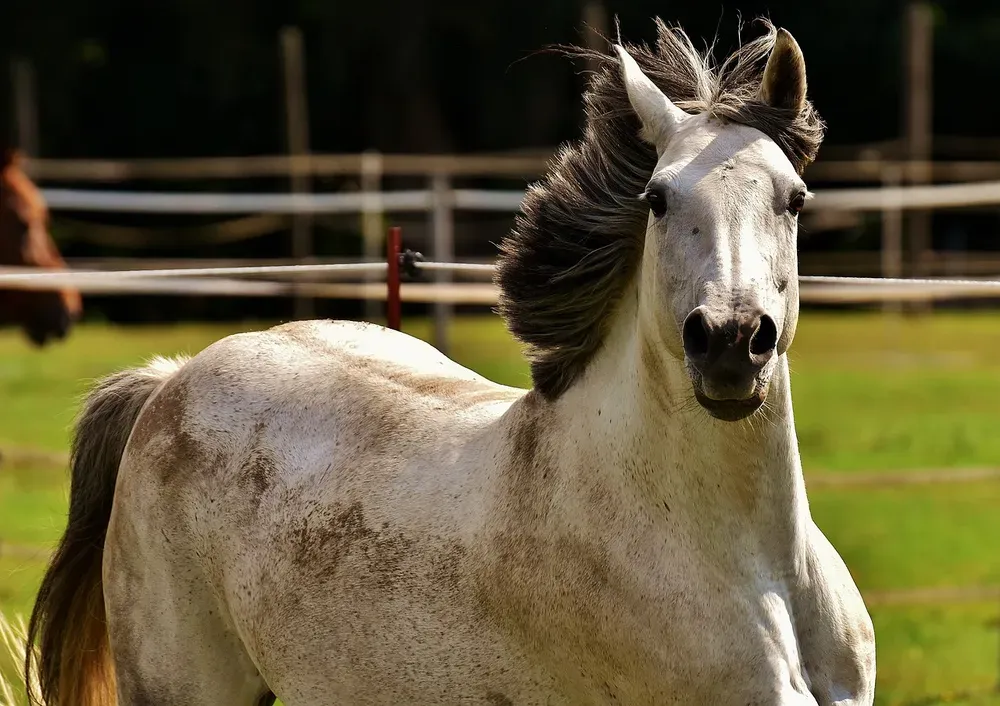
How to identify an overweight body
This horse's spine is set in a gutter and this is a real indication of an overweight body. It is unlikely that his ribs will be felt. There is no twist to his loins and the points of his hips are totally surrounded by fat.
Use this checklist to notice if your cob is gaining weight in his middle section:
- You should be able to easily feel his ribs.
- His spine should not be set in a gutter.
- His hip bone should be easily identified.
- There should not be a squishy fat deposit behind the withers.
Fitting saddles to horses with fat backs is a problem
Overweight cobs with broad fat backs generally have saddle slipping problems.
Where do Cobs store fat on their quarters?
Overweight cobs have apple-like rounder buttocks with a gutter running down the middle. Don't be thinking this is muscle because it is firm. This is fat!
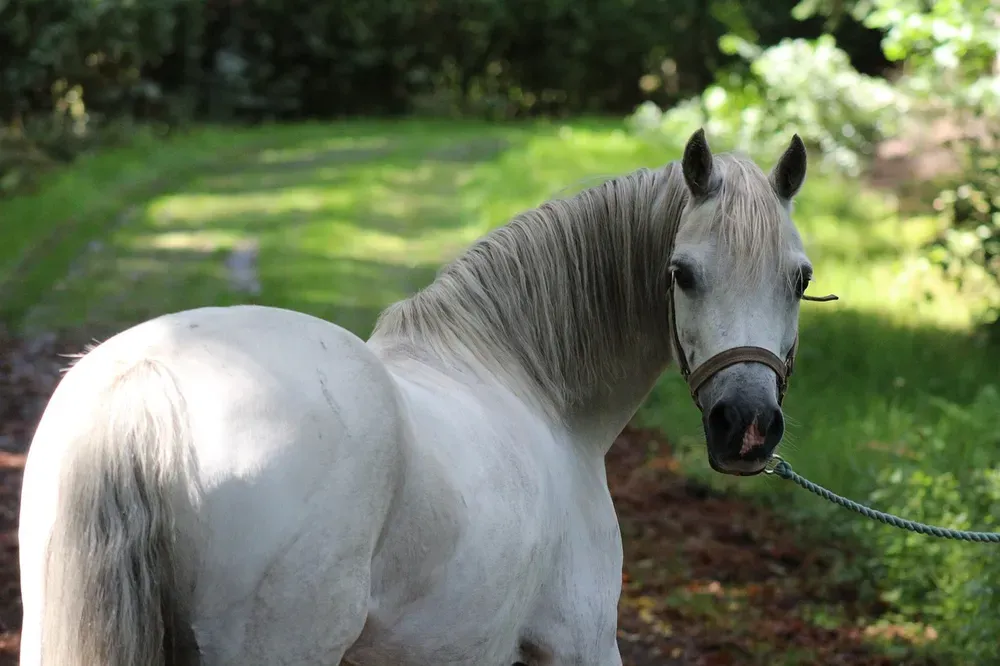
How to identify slim quarters?
This horse has muscular quarters, and, there is no crease running down the middle. From the rear, the top of the quarters looks like an upside-down C rather than an apple shape, so the horse is not overweight in this area.
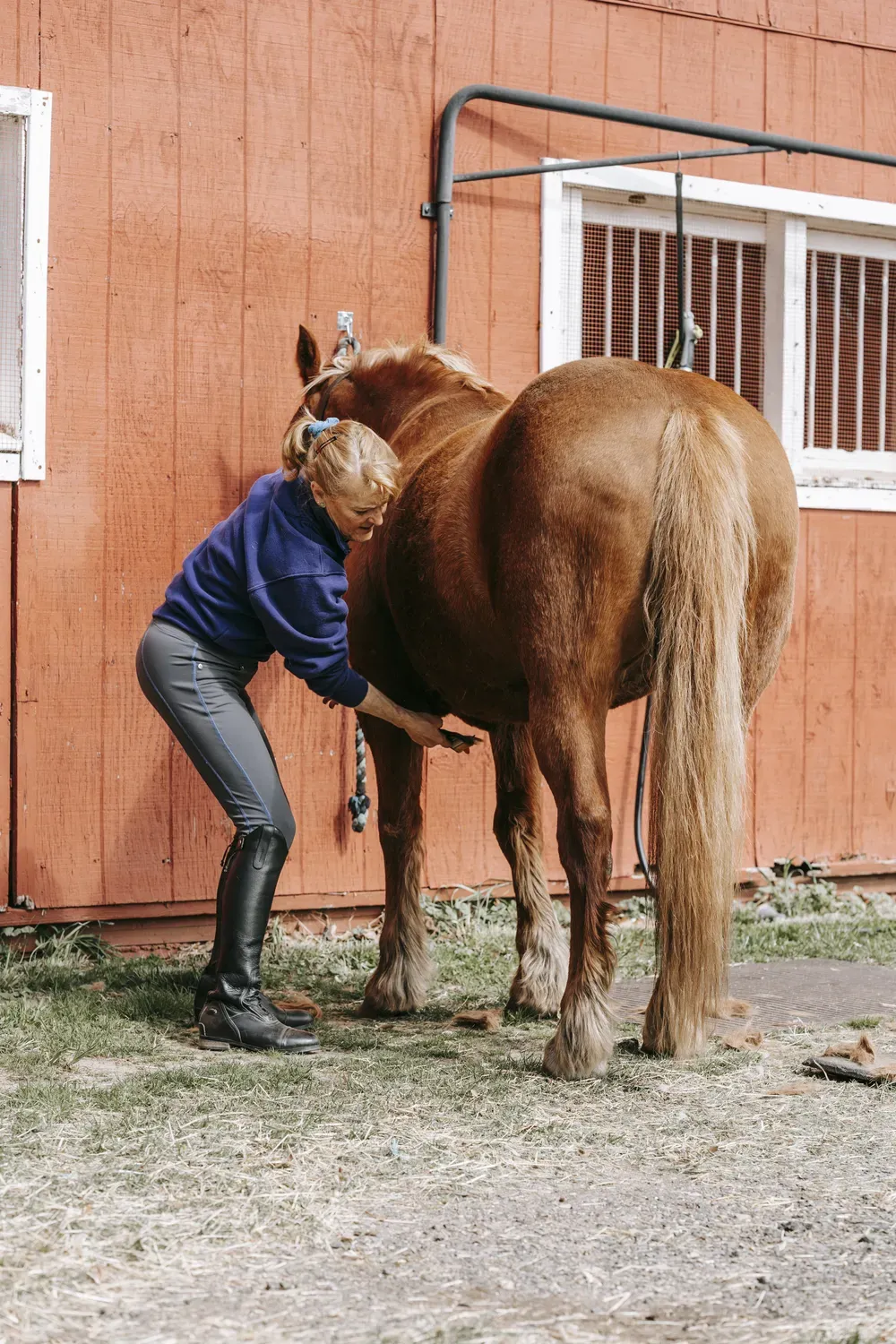
How to identify overweight quarters?
The heavier cob has a gutter running down the middle of his quarters and the shape from the rear is like a rounded apple. This cob is too fat in this area and should not be in this shape.
How do I slim down my obese cob?
If you are thinking that your friendly cob is far too overweight put him on a diet. It is important that he is not starved as horses are grazing animals and need food travelling along their gut, but his calorific intake must be reduced. Here are some suggestions:
- Restrict grazing through strip grazing.
- Totally avoid good grazing.
- Stable in the afternoon to late evening and feed hay that has been soaked for long enough to remove most of the sugar.
- Don't feed anything other than grass, and hay that has had most of the sugar removed.
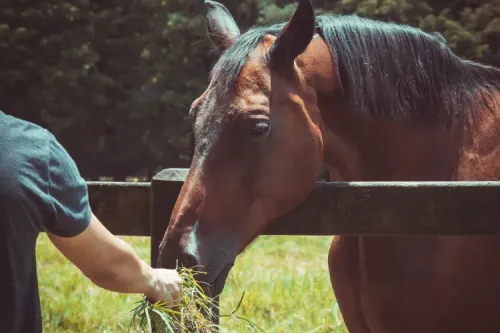
Article Suggestion
How To Soak Hay for HorsesIn conclusion
Remember that horse welfare charities and veterinaries in England are constantly dealing with the effects of horses being obese and a great many of these cases will be cobs. Train your eye to know the difference between an obese and a slim cob. Make every effort to keep your cob slim and weekly check his body for any weight gain.
FAQs
Do all fat cobs develop obesity related EMS?
Will my overweight cob develop arthritic conditions?
Will my cob be less strong if he is lean?
Can I show my slim and fit cob?
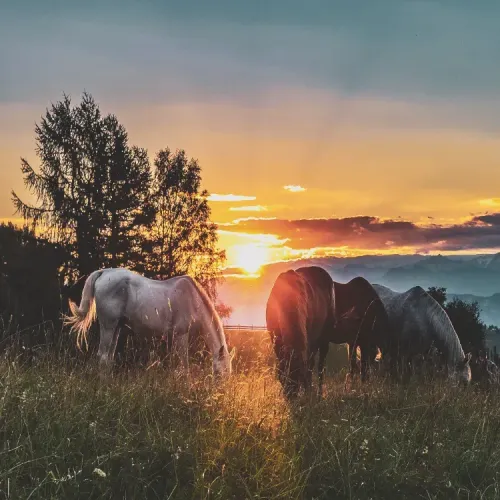
Article Suggestion
All you need to know about Keeping Laminitic Horses
